14 Hidden Destinations That Are Limiting Tourists To Protect Nature
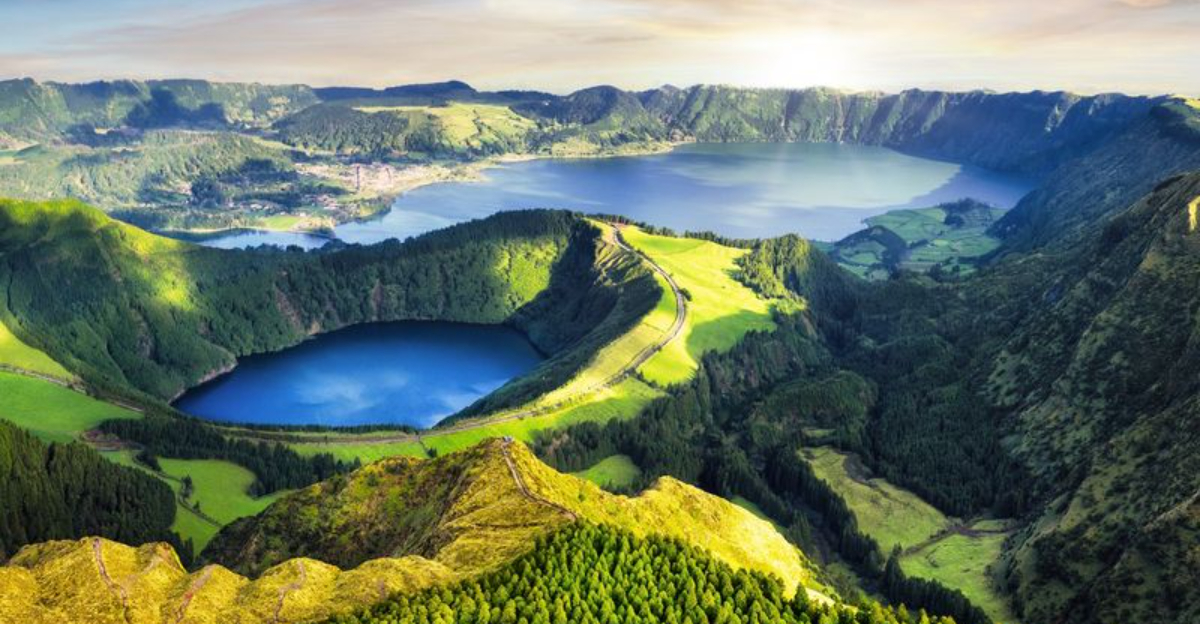
Some of the most stunning places on Earth are quietly limiting tourist access to protect their pristine beauty. These hidden gems, often tucked away from the mainstream, are doing their part to ensure that future generations can still experience their untouched wonders.
From remote islands to protected national parks, these destinations are putting in place restrictions to preserve the delicate ecosystems that make them so special.
While exploring these rare spots may require extra planning or permits, the reward is a chance to witness nature in its purest form. Ready to explore the secret corners of the world that are keeping their magic alive?
1. Palawan, Philippines
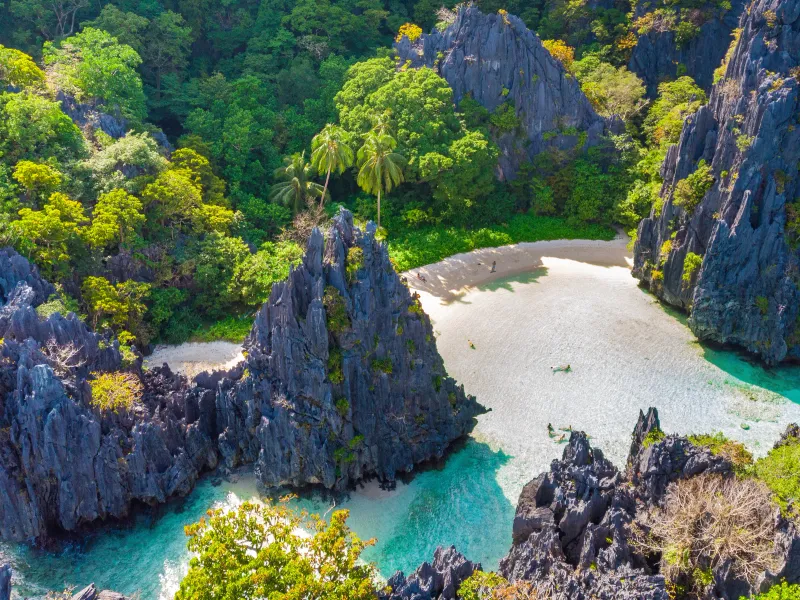
If you find yourself longing for pristine beaches, Palawan might be your paradise. This island in the Philippines boasts crystal-clear waters and lush greenery, making it a haven for nature lovers.
However, it’s not just about the beauty here; it’s about preservation. The local government has introduced measures to limit tourist numbers, ensuring the environment remains unspoiled.
When visiting, you feel as if you’re stepping back in time, with the untouched landscapes surrounding you. The experience is both humbling and inspiring, serving as a reminder of our responsibility toward nature.
2. Iceland’s Westfjords
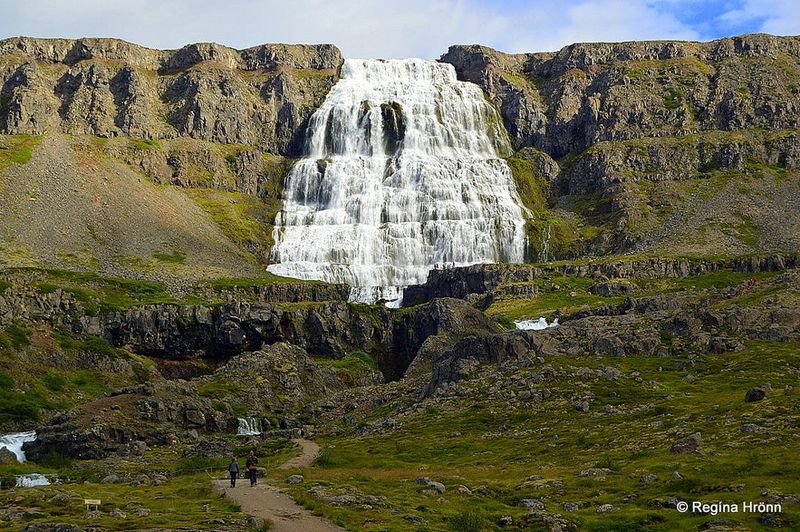
It’s hard to describe the stark beauty of Iceland’s Westfjords without feeling awestruck. This less-traveled region is a place where dramatic cliffs meet cascading waterfalls.
While many flock to Iceland’s more famous spots, the Westfjords remain a hidden gem, partly due to the limited access roads. When you visit, it’s like entering a world frozen in time, with the solitude of nature offering a peaceful retreat.
The restrictions in place help maintain the area’s pristine condition—an untouched paradise that feels worlds away from modern life.
3. Komodo Island, Indonesia
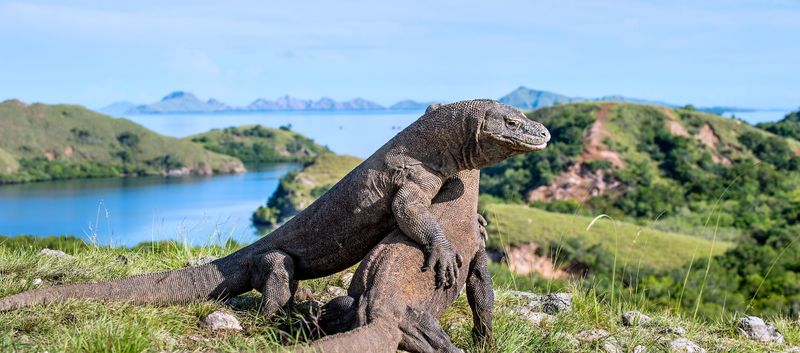
How often do you get the chance to see a real-life dragon? Komodo Island, home to the iconic Komodo dragon, restricts tourist numbers to protect its unique ecosystem.
The rugged terrain and sparse vegetation might seem daunting, but they form the perfect backdrop for these magnificent creatures. Have you ever seen such a blend of prehistoric wonder and natural beauty?
The limited access ensures that these dragons continue to roam free, undisturbed by human encroachment, allowing nature to thrive in its rawest form.
4. Bhutan
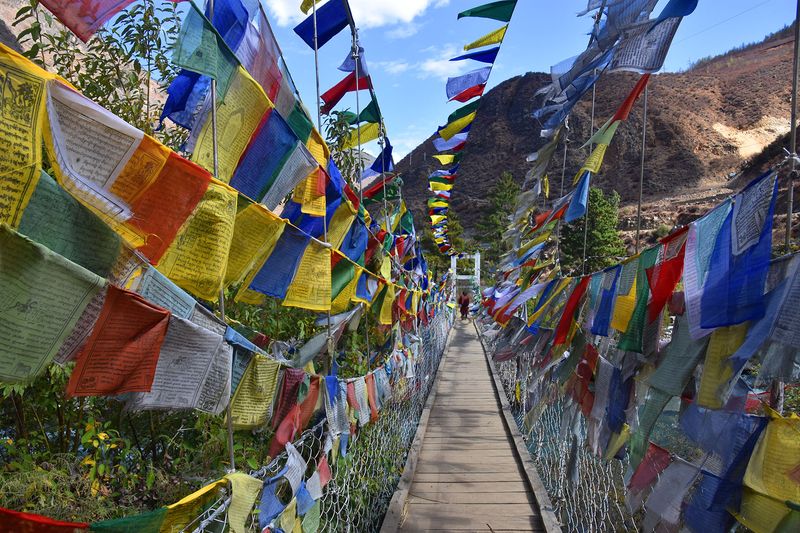
Where can you find happiness intertwined with nature? Bhutan, a country that measures success by its Gross National Happiness, limits tourist visits to preserve its cultural and natural heritage.
Imagine lush valleys, ancient monasteries, and serene mountain views. The country’s approach to tourism is one of balance, allowing visitors to experience its wonders while safeguarding the environment and culture.
Visiting Bhutan offers a unique glimpse into a way of life that prioritizes well-being over wealth, providing inspiration for a more sustainable future.
5. Galápagos Islands, Ecuador
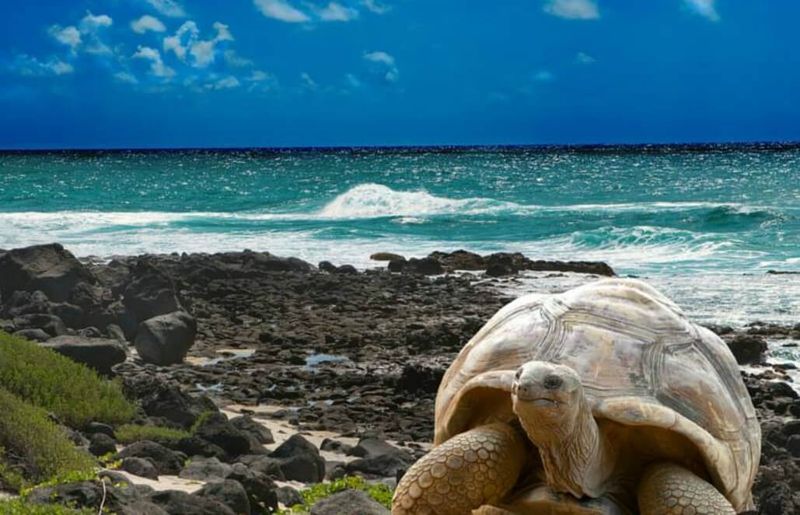
When the natural world feels like a spectacular dream, you might be on the Galápagos Islands. This Ecuadorian archipelago is renowned for its unique wildlife and ecosystems.
To protect this fragile environment, tourist numbers are strictly controlled. Imagine watching a Galápagos tortoise meander through its natural habitat, unhurried by human presence.
The islands offer a rare chance to witness evolution in action, making it a must-visit for those passionate about nature. These restrictions ensure the islands remain a sanctuary for wildlife.
6. Banff National Park, Canada
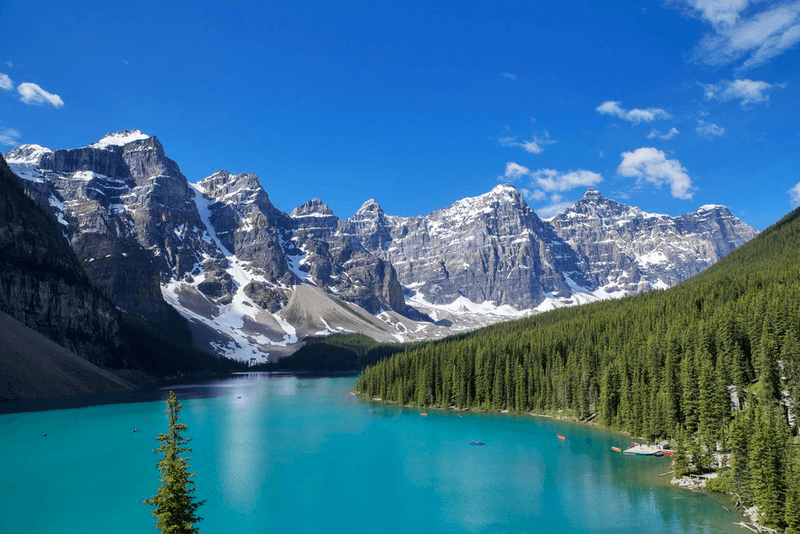
Did you know that Banff National Park, Canada’s oldest national park, limits traffic to protect its stunning landscapes?
With turquoise lakes, towering mountains, and dense forests, Banff feels like stepping into a postcard. To preserve its natural beauty, measures are in place to manage visitor impact.
Imagine paddling a canoe across a tranquil lake, surrounded by untouched wilderness. It’s a place where nature’s grandeur speaks for itself, reminding us of the delicate balance we must maintain with our environment.
7. Faroe Islands, Denmark
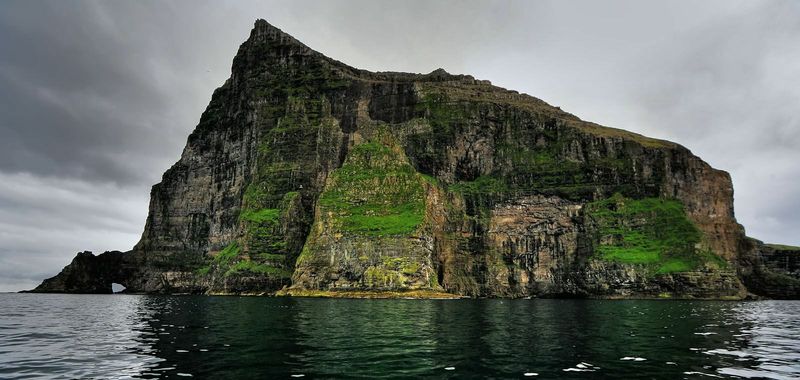
Are the Faroe Islands the world’s best-kept secret? This archipelago in the North Atlantic is a treasure of dramatic landscapes and rich traditions. The islands have begun limiting visitors to protect their natural and cultural heritage.
Picture standing on a cliff, the wind in your hair, as you gaze out over the endless sea. The Faroe Islands offer unspoiled beauty, reminding us that sometimes the most precious places are those less traveled.
These efforts help ensure that the islands remain a pristine escape for future generations.
8. Svalbard, Norway
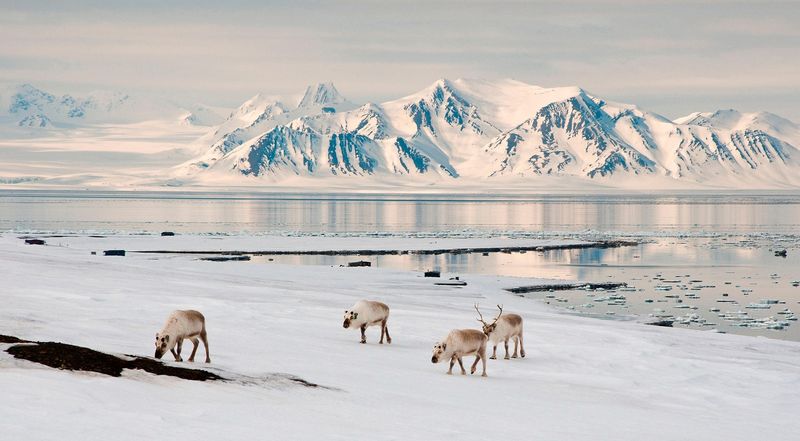
How does one capture the essence of the Arctic? Svalbard, a remote archipelago in Norway, offers a glimpse into untouched polar beauty. The landscape here is rugged, with vast glaciers and snow-covered mountains.
Visitors are limited to protect both the environment and the local wildlife, including the iconic polar bear. When you set foot on Svalbard, it’s as if you’ve entered a pristine world where nature reigns supreme.
This commitment to preservation ensures that Svalbard remains a sanctuary for Arctic life.
9. The Azores, Portugal
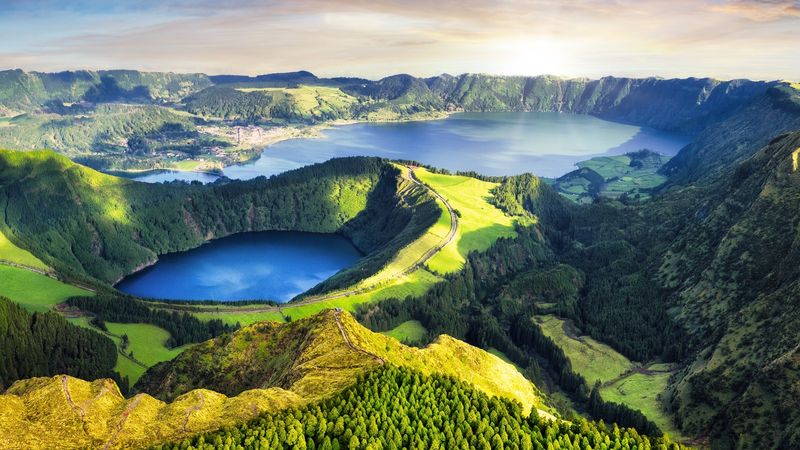
This archipelago, known as the Azores, is Portugal’s hidden jewel. Visitors often describe it as a land of natural wonders, from crater lakes to vibrant flora.
The Azores have adopted sustainable tourism practices to protect these precious landscapes. Imagine walking through a field of blooming hydrangeas, the air fresh with the scent of the ocean.
It’s a place where nature and tranquility coexist, offering a rare escape from the ordinary. By limiting tourist access, the Azores continue to thrive as a sanctuary of untouched beauty.
10. Masai Mara, Kenya
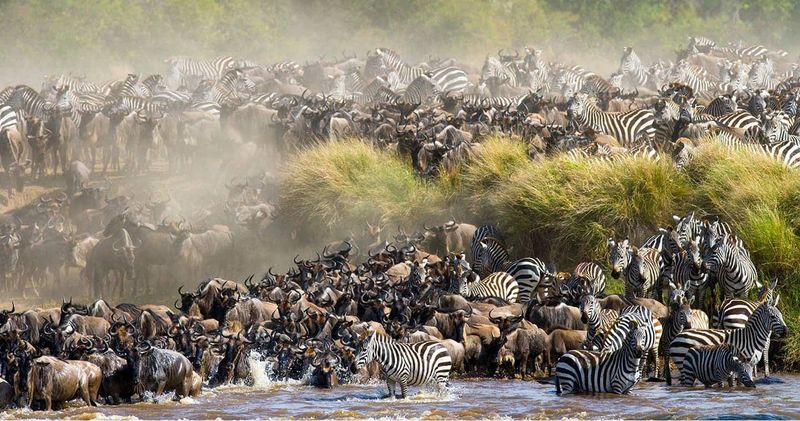
Where can you witness the wonders of the African savannah? The Masai Mara in Kenya is famed for its incredible wildlife and breathtaking landscapes.
To preserve the delicate ecosystem, visitor numbers are regulated, allowing nature to flourish. Picture a herd of wildebeests moving across the plains under a crimson sunset.
The sight is both thrilling and humbling, a reminder of the wild world’s beauty. By managing tourism, the Masai Mara remains a vital wildlife refuge, ensuring future generations can experience its magic.
11. Mount Rinjani, Indonesia
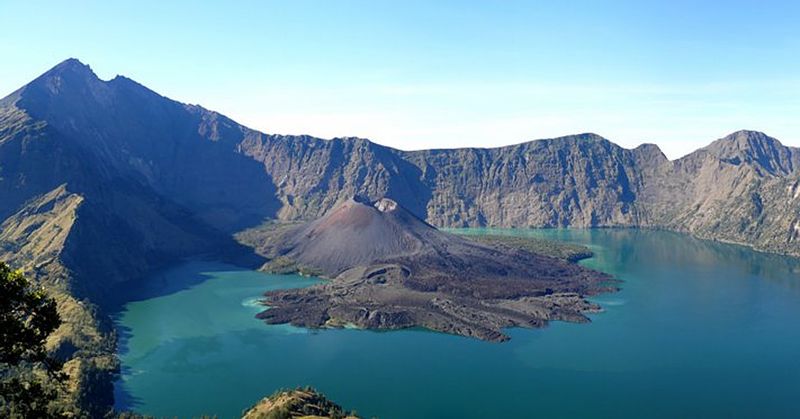
Have you ever climbed a volcano? Mount Rinjani in Indonesia offers such an adventure but limits climbers to protect its ecosystem. The ascent is challenging, with views that are nothing short of spectacular.
Imagine reaching the summit, the world sprawling beneath you. It’s a moment of triumph and reflection, where nature’s power is undeniable.
These restrictions help maintain the mountain’s pristine condition, allowing it to stand as a testament to Earth’s raw beauty.
12. Yosemite National Park, USA
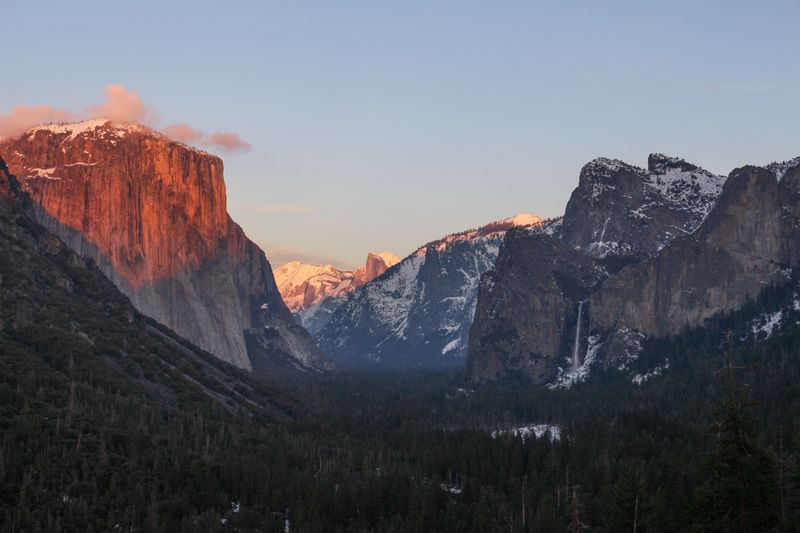
Though it’s one of the most famous parks in the USA, Yosemite takes measures to limit tourists and preserve its natural splendor. The park’s iconic granite cliffs and giant sequoias offer unforgettable vistas.
Picture standing before a waterfall, the mist cooling your face as the water roars around you. It’s a place where nature’s grandeur is palpable, inspiring awe and respect.
By controlling visitor numbers, Yosemite continues to enchant without compromising its beauty.
13. The Great Barrier Reef, Australia
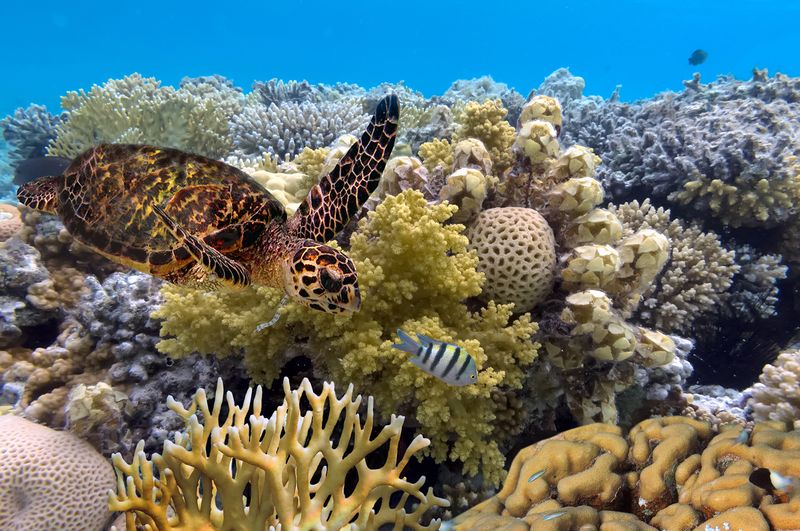
If you’ve ever dreamt of exploring beneath the waves, the Great Barrier Reef is a must-see. This natural wonder in Australia faces threats from climate change, prompting tourist limits to help conservation efforts.
Imagine snorkeling through vibrant coral gardens, surrounded by a rainbow of marine life. It’s an underwater paradise, offering a glimpse into a world few get to see.
These measures are vital to preserving the reef’s delicate ecosystem, ensuring its survival for generations to come.
14. Kangaroo Island, Australia
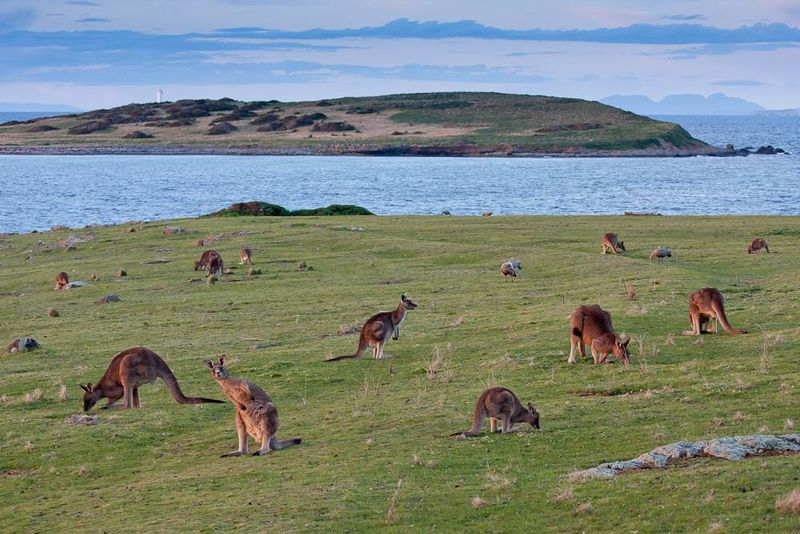
This Australian island is a haven for wildlife enthusiasts, but visitor numbers are limited to protect its unique ecosystems. Imagine watching kangaroos grazing against a backdrop of eucalyptus trees and rolling hills.
It’s a scene of tranquility, where nature thrives unimpeded. The island’s commitment to sustainability ensures that its beauty is preserved, offering a sanctuary for both animals and humans.
By maintaining these restrictions, Kangaroo Island remains a cherished treasure, inviting exploration and admiration without overexploitation.
